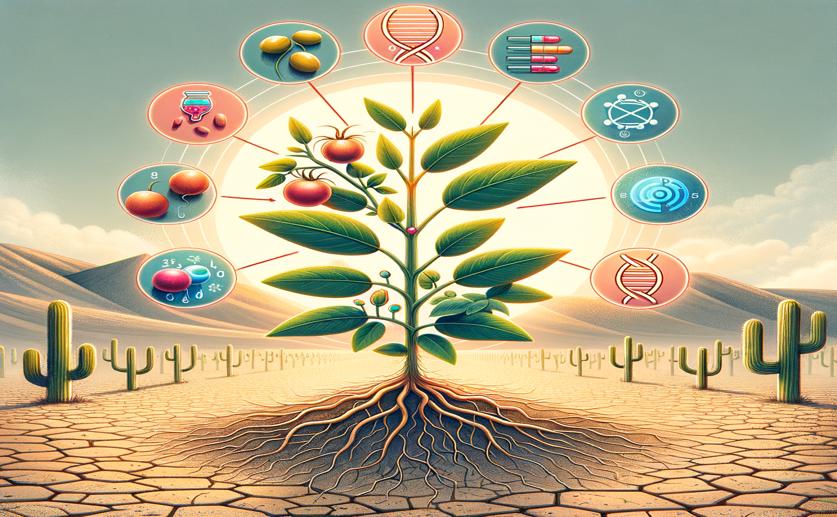
CRISPR-Edited Plants Show Better Drought Resistance and Fruit Yield
Jenn Hoskins
4th May, 2024

Image Source: Natural Science News, 2024
Key Findings
- Scientists in China used gene editing to improve tomato drought resistance and fruit size
- Modified tomatoes had fewer stomata, reducing water loss and increasing drought tolerance
- The same genetic change also led to larger tomatoes, offering more yield without sacrificing resilience
References
Main Study
1) CRISPR/Cas9 edited SlGT30 improved both drought resistance and fruit yield through endoreduplication.
Published 2nd May, 2024
https://doi.org/10.1111/pce.14927
Related Studies
2) Stomata: key players in the earth system, past and present.
Journal: Current opinion in plant biology, Issue: Vol 13, Issue 3, Jun 2010
3) Rice with reduced stomatal density conserves water and has improved drought tolerance under future climate conditions.
4) Developmental control of endocycles and cell growth in plants.



 14th March, 2024 | Greg Howard
14th March, 2024 | Greg Howard